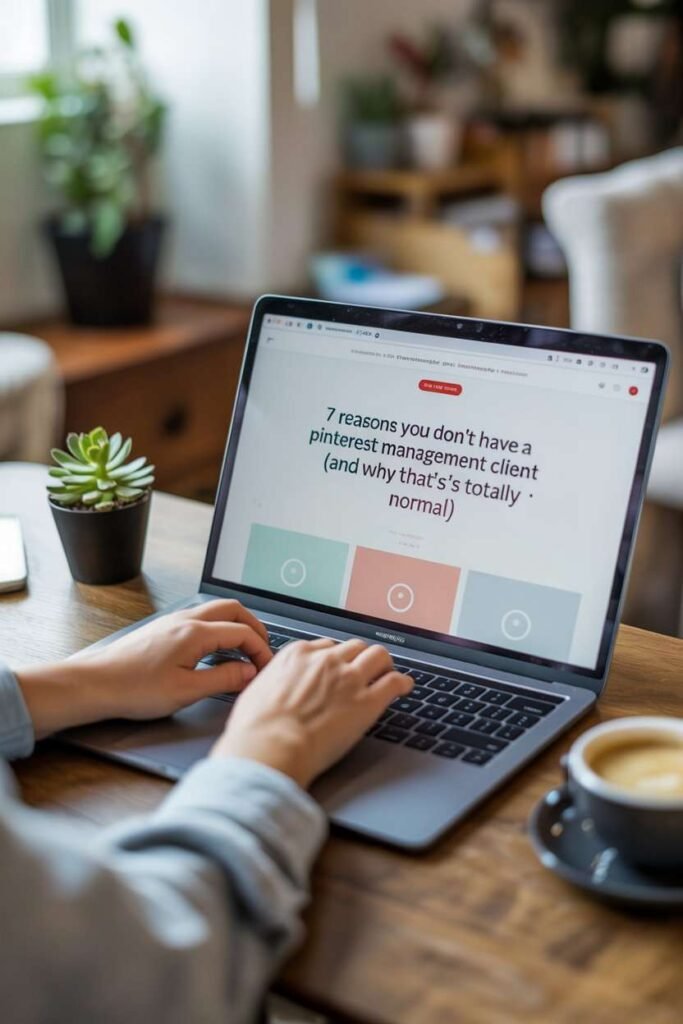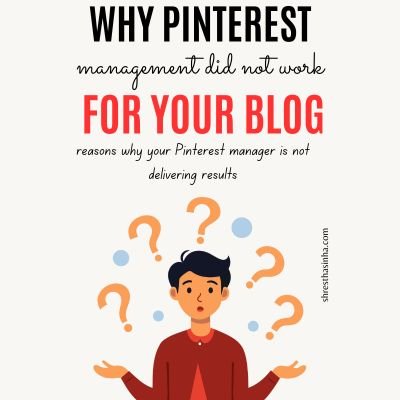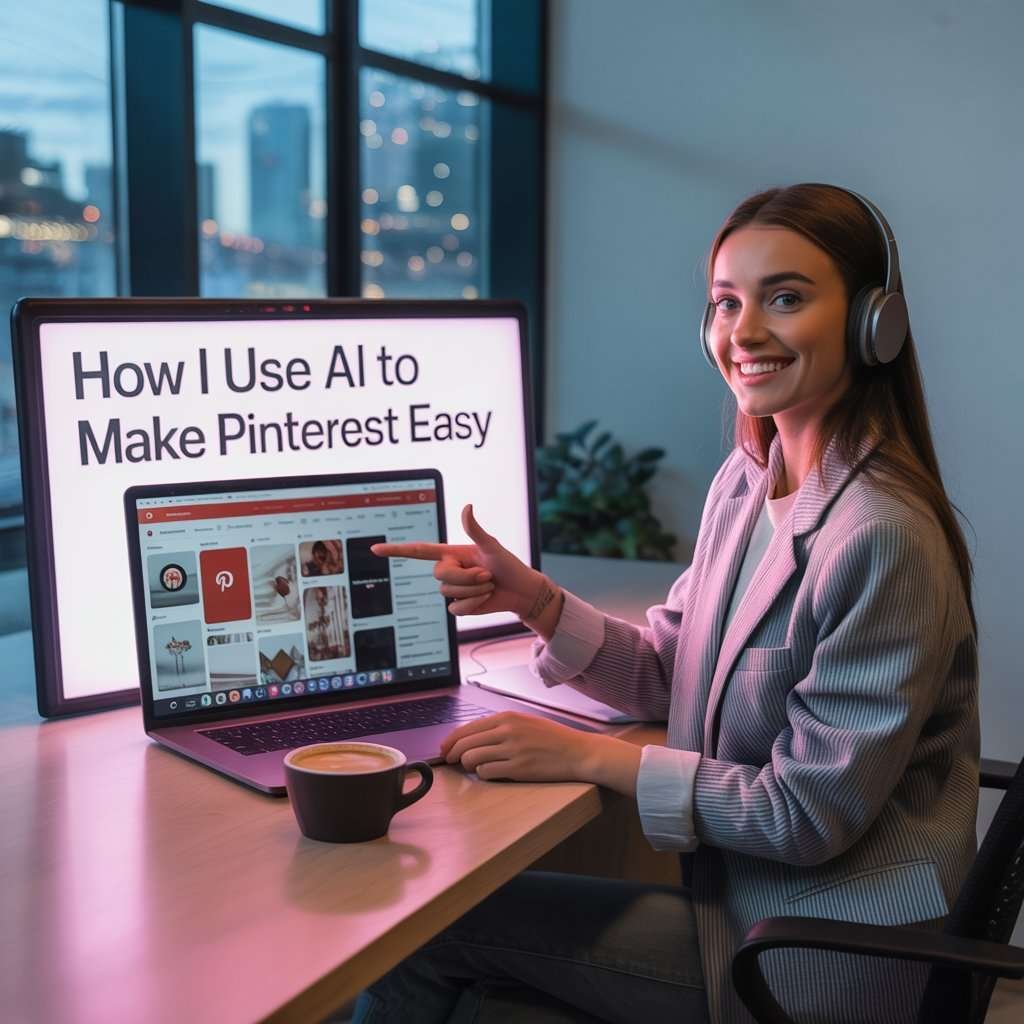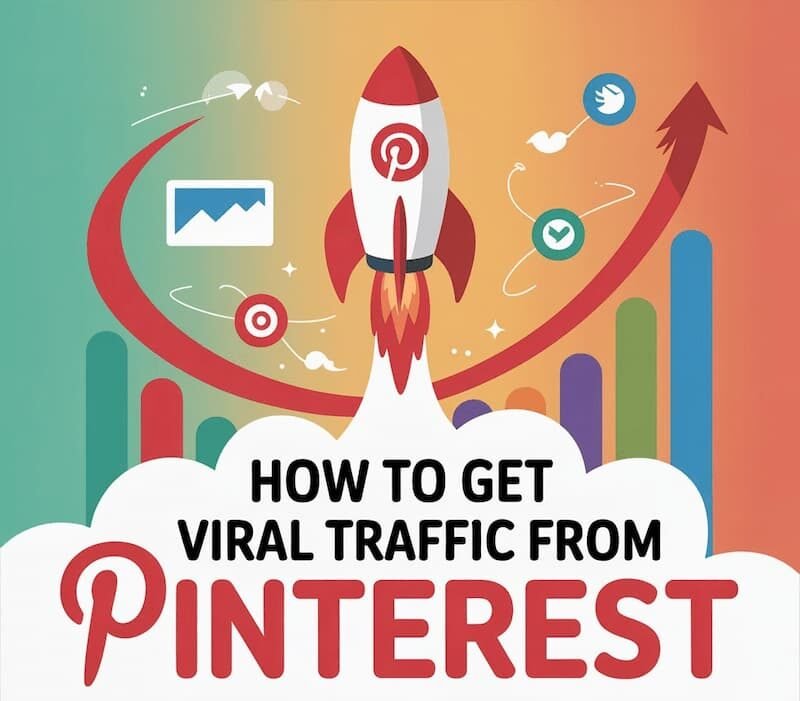Why Your Pinterest Pins Aren’t Getting Views (tricks to fix it)
You’re posting consistently on Pinterest, it’s been a few months, and yet… your pins aren’t getting any views. Sounds familiar?
This is one of the most common frustrations I see with clients, and while there are plenty of “cute theories” floating around online, the real reasons tend to be more straightforward—and I see them over and over again.
The exact reason your pins aren’t getting views depends on the context:
- Is your Pinterest account brand new?
- Or is it already established but suddenly showing zero or very low impressions?
Both situations are different, and the fixes aren’t the same. Let’s break it down.
If Your Pinterest Account is New
It’s normal for a brand-new Pinterest account to take time before pins start getting traction. If your account is less than 6 months old, don’t panic if your impressions stay at zero for the first 24–48 hours after publishing.

That said, if you’ve been publishing consistently for over 2 months and your pins are still stuck at zero views—even after 48 hours—it could mean something’s off. The most likely reason? Your account may be shadow-banned.
When a Pinterest account is shadow-banned, your pins don’t get distributed at all. They simply don’t show up anywhere on the platform.
I’ve had a client in this exact situation, and the fix was reaching out directly to Pinterest Support (not just relying on automated messages). Once support reviewed the case, the account was restored.
So, if your new account has been sitting at zero impressions for weeks, reach out to Pinterest Support to confirm whether your account is restricted.
If You Have an Established Account
If your account has been around for a while and you suddenly see your pins drop to zero impressions overnight, that’s usually a red flag. Here’s what might be happening:
Case 1- Your Account Might Be Shadow-Banned
Yes, this happens more often than you’d think. One day you’re getting 50–60 impressions within 24 hours on a fresh pin and the next day your fresh pins are getting zero impressions even after 48 hours of being published.Common triggers include:
- Uploading too many pins at once. This can set off spam filter on Pinterest.
- Logging in from multiple countries/locations (e.g., if you or your manager use a VPN). When this is done too often with people logged in from two different countries simultaneously.
- Spammy behavior, like keyword stuffing in descriptions.
- Multiple reports from other users flagging your pins.
If this happens, stop any suspicious behavior immediately and contact Pinterest Support to have your account reviewed.
Case 2- Your Views Have Dropped Very Low (But Not Zero)
Sometimes, pins don’t hit zero but still perform much worse than before. For example, you might go from hundreds of impressions in 24 hours to just 3–5.
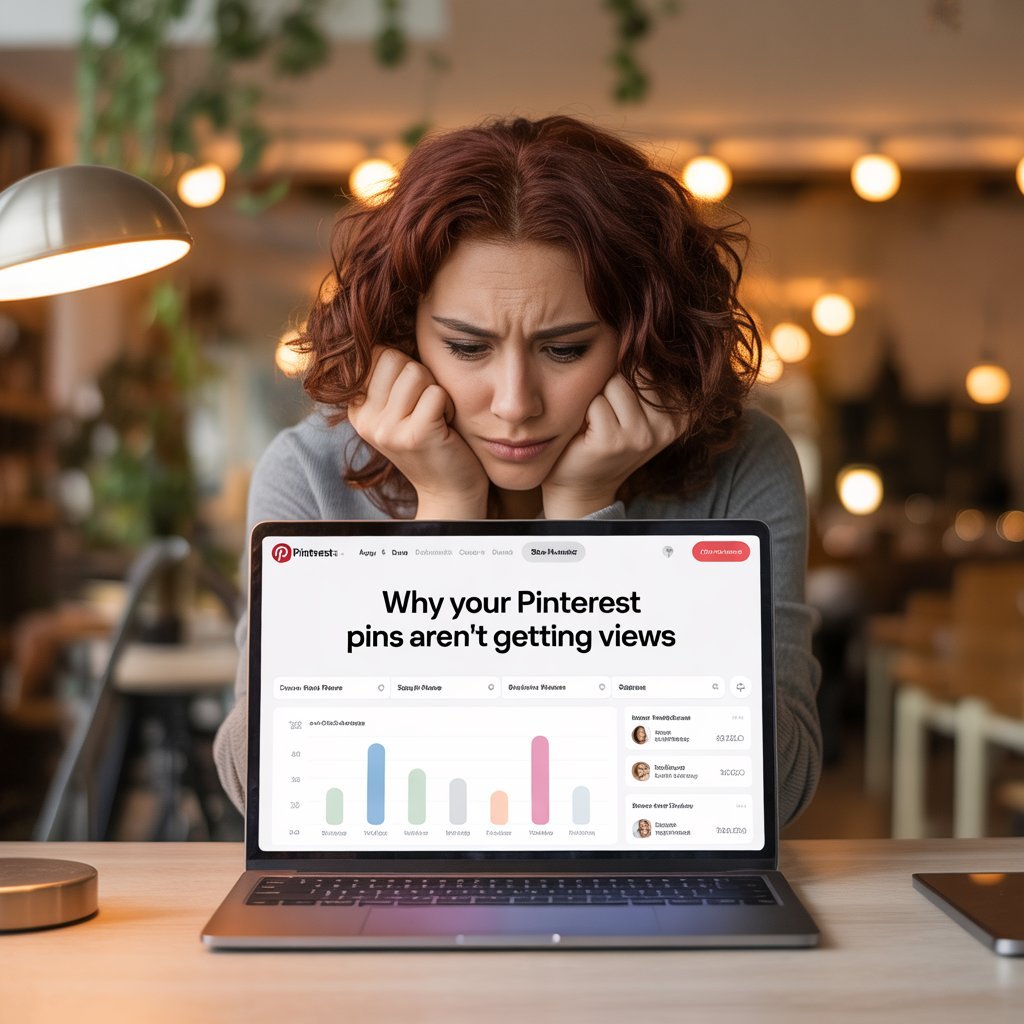
This can be caused by:
- Seasonality. A summer recipe won’t perform in winter, no matter how strong your SEO is. If your pins are seasonal, wait until the right time of year for them to pick up again.
- Algorithm shifts. Pinterest often re-tests pins. I’ve had a client whose impressions tanked initially but bounced back after 7–8 days. If you’re still seeing some traffic growth, give it a week to stabilize before panicking.
As long as your impressions aren’t completely at zero, there’s a good chance your account is fine—it just might be seasonal or temporary.
If your pins aren’t getting clicks, saves, or impressions even after a couple of months, don’t panic, this doesn’t necessarily mean your strategy is failing.
Pinterest is a long-game platform, but there are some other common reasons why pins fail to take off. Let’s break them down:
Other reasons for Pinterest Pins not getting views
1. Poor Keyword Targeting
Pinterest works like a visual search engine. If your pins aren’t optimized with the right keywords, they simply won’t show up where your ideal audience is looking.
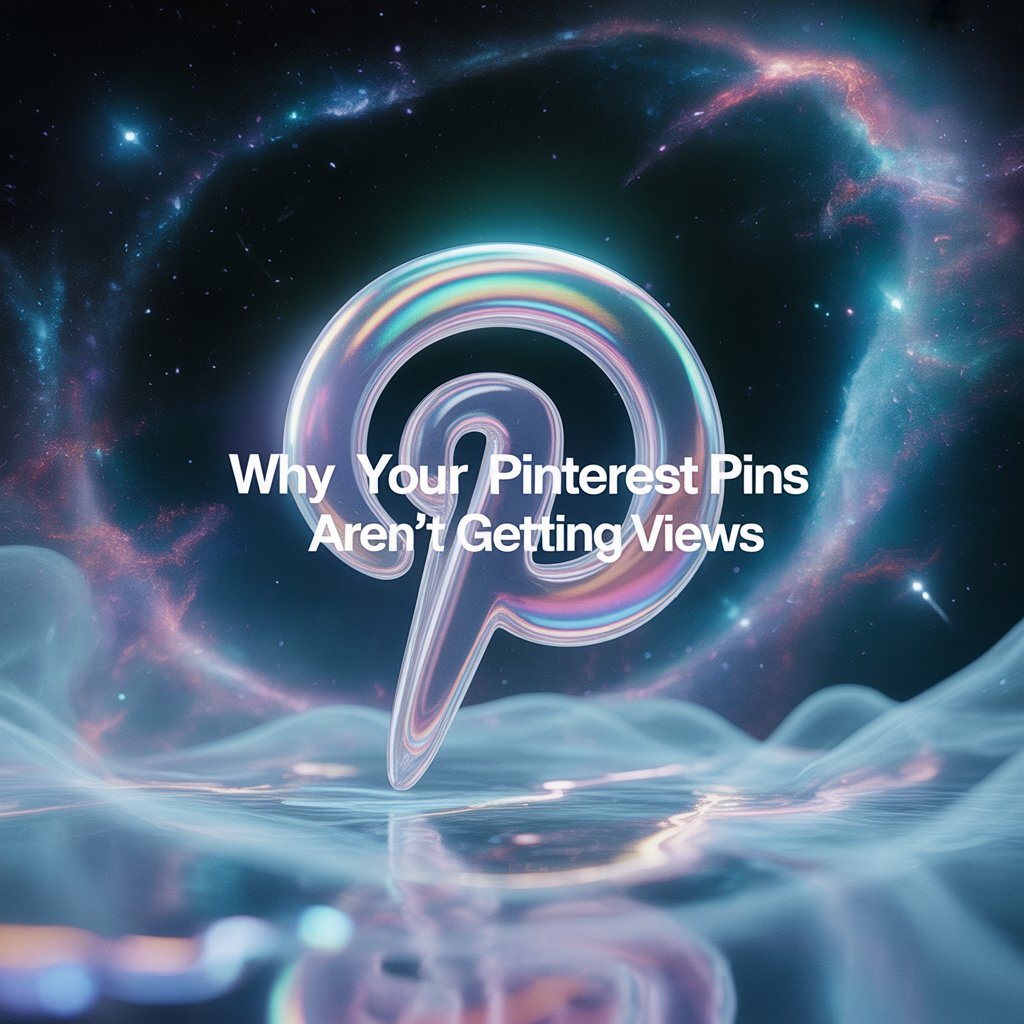
For example, a pin titled “Yummy Snack” won’t rank nearly as well as one targeting “Healthy High Protein Snack Recipes.” If you’ve been pinning consistently for 2–3 months with little traction, revisit your keyword strategy.
Use long keywords in your title and related 7-10 keywords naturally in your pin description for best results.
2. Relying on Old Pins
Old pins can sometimes circulate for months, but eventually, they lose steam.
Pinterest now heavily prioritizes fresh pins, which means new designs and variations for the same URL.
If you have a blog post you pinned last year, it’s not enough to leave it there and hope traffic will keep coming.
Refresh your graphics every 1–6 months and repin with updated keywords, colors, or layouts.
This not only keeps your account active but also gives Pinterest multiple chances to push your content out to the right people.
3. Poorly Optimized Boards
Even if your pins are perfectly designed and keyword-rich, they won’t perform well if they’re saved to boards that aren’t optimized.
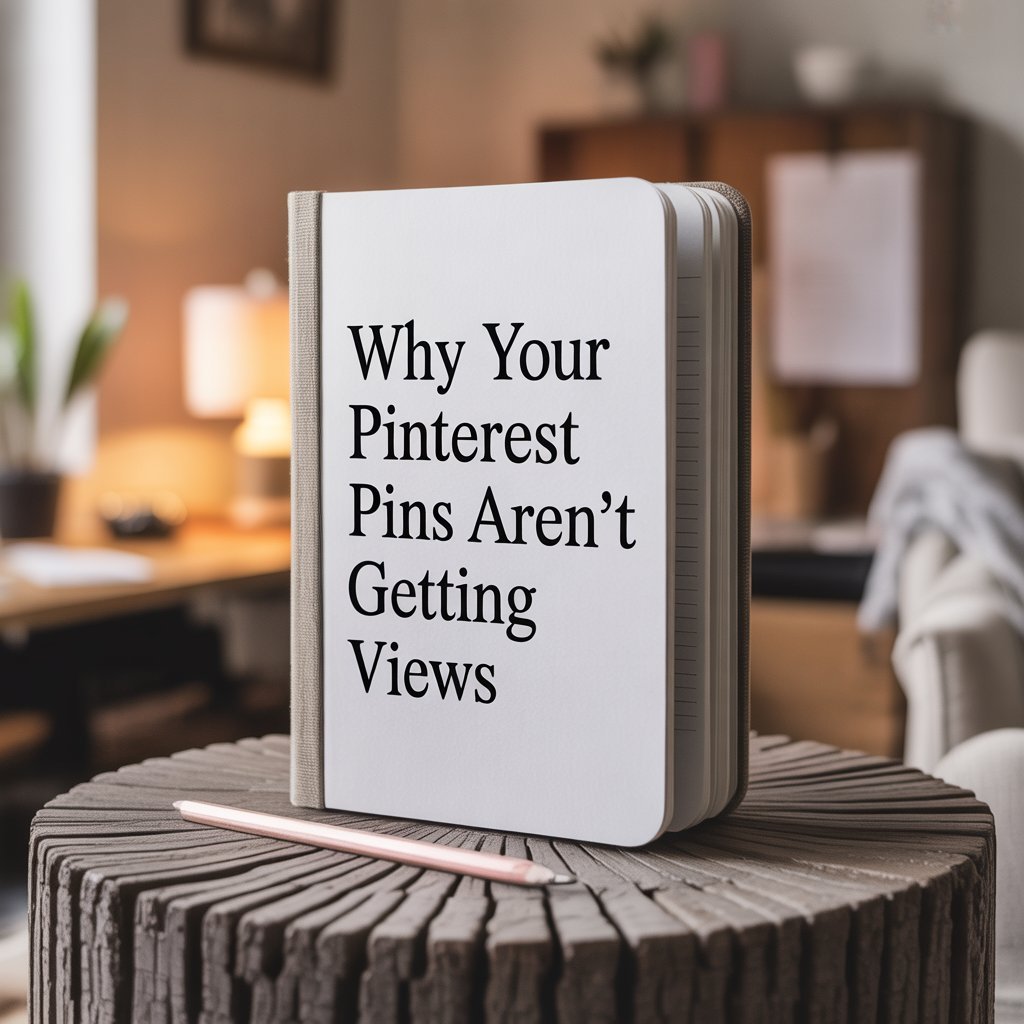
Pinterest looks at board context to understand and rank your pins.
A pin about “Gluten-Free Bread Recipes” will perform far better if it’s saved to a board called “Gluten-Free Recipes” (with a keyword-rich description) than if it’s saved to something vague like “Food I Like.”
Take the time to update your board titles and descriptions with relevant keywords so Pinterest knows exactly what each board (and its pins) are about.
4. Stolen Pins
This is a frustrating but increasingly common issue. Sometimes, other users steal a pin that’s performing well and redirect it to their own website.
When this happens, Pinterest may reduce the visibility of your original pin. If you notice a sudden drop in impressions or clicks on a previously successful pin, check to see if it’s been stolen.
Report stolen pins immediately to Pinterest so your account doesn’t lose momentum unfairly.
5. Seasonal or Trend Misalignment
Pinterest thrives on trends and seasonality. If you’re posting Thanksgiving recipes in December or Valentine’s crafts on Valentine’s Day itself, you’re already late.
Pinterest users plan ahead, so your content should be published at least 30–45 days before a seasonal event or holiday.
Similarly, if you’re not aligning your content with what’s trending on the platform (for example, “fall home décor” in September or “Easter desserts” in March), your pins may not get much traction.
Always plan your content calendar around seasonal and trending topics to give your pins the best chance to go viral.

